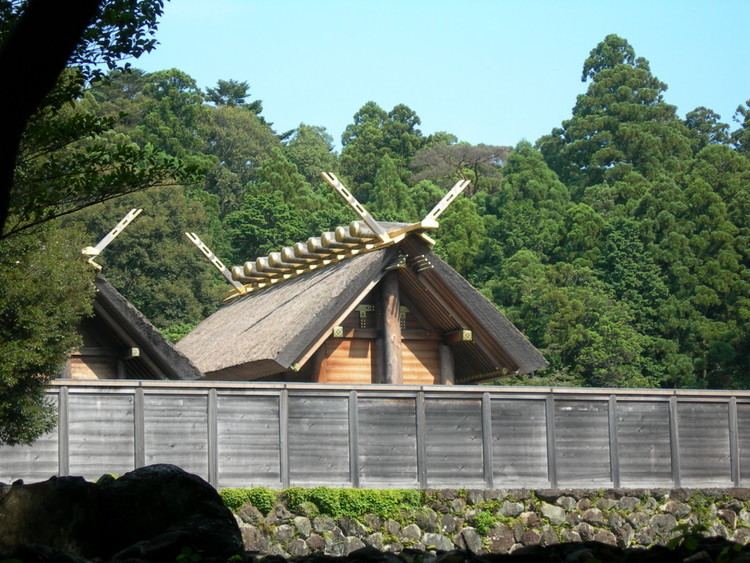645–650 Taika 686–686 Shuchō 704–708 Keiun | 650–654 Hakuchi 701–704 Taihō 708–715 Wadō | |
 | ||
Daidō (大同) was a Japanese era name (年号,, nengō,, lit. "year name") after Enryaku and before Kōnin. This period spanned the years from May 806 through September 810. The reigning emperors were Heizei-tennō (平城天皇) and Saga-tennō (嵯峨天皇).
Contents
Change of era
Events of the Daidō era
References
Daidō Wikipedia(Text) CC BY-SA
